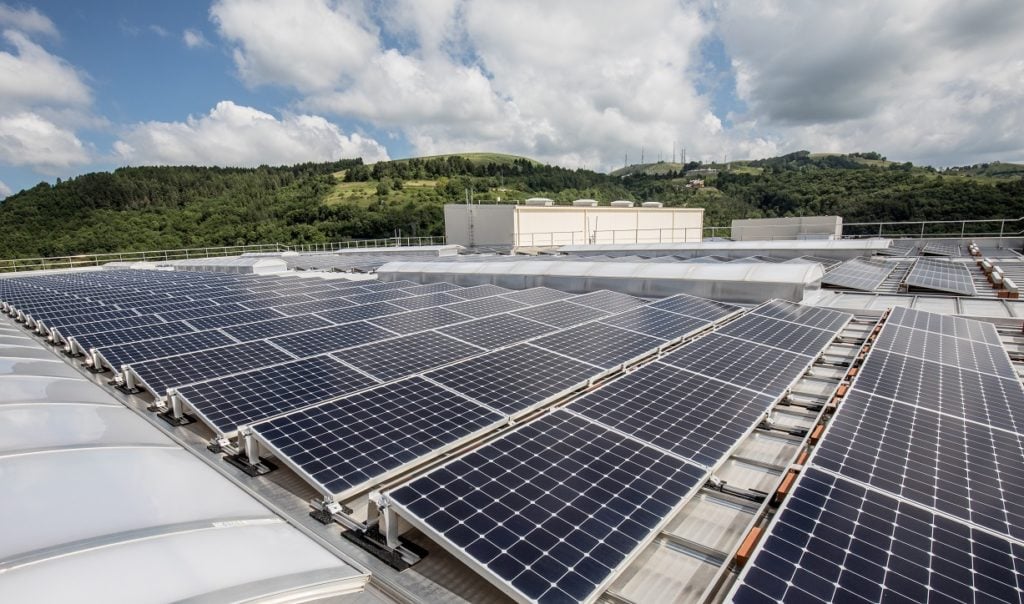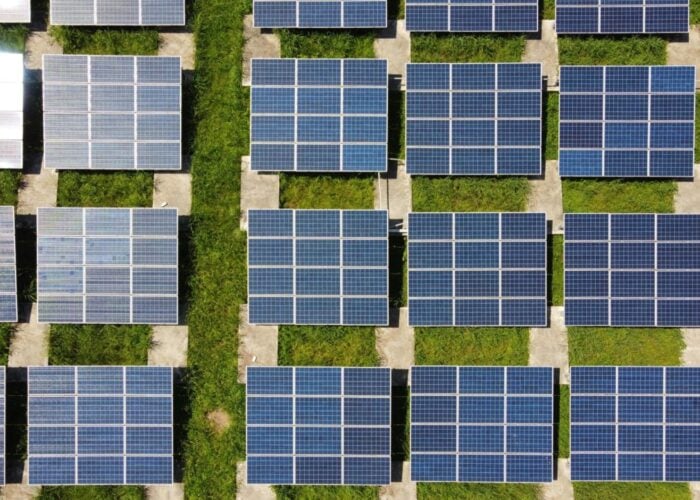
Since the passing of the Inflation Reduction Act (IRA) more than a year ago in the US, the solar industry has been booming in investments, both at the upstream and downstream levels. Every market segment has seen both investment and interest increase, with utility-scale and residential taking most of the spotlight as they represent the two biggest portions in terms of installed capacity.
Community solar has also had its share of funding and programmes to help boost that segment, which is expected to double in the next five years, according to data from Wood Mackenzie and trade association the Coalition for Community Solar Access.
Unlock unlimited access for 12 whole months of distinctive global analysis
Photovoltaics International is now included.
- Regular insight and analysis of the industry’s biggest developments
- In-depth interviews with the industry’s leading figures
- Unlimited digital access to the PV Tech Power journal catalogue
- Unlimited digital access to the Photovoltaics International journal catalogue
- Access to more than 1,000 technical papers
- Discounts on Solar Media’s portfolio of events, in-person and virtual
The last segment to break the barrier and reach a similar state as the other industries is the commercial and industrial (C&I) sector, as complexities involved in financing, and high capex costs, have discouraged investment compared to other parts of the solar sector.
Commercial and industrial following the IRA
“On the residential side of solar, they are accessing that data, running their own algorithms, and then trying to make a good credit decision based on each individual, sort of understanding of what good credit is. But none of that exists with a small business. There’s no such thing as a FICO score for small businesses,” says Duncan Hinkle, co-founder and head of business development at solar financier Sunstone Credit.
Hinkle adds that the lack of a similar database for both individuals to businesses has been part of the reason why C&I has long been underserved.
However, similar to all other segments of solar PV, the IRA has been a boon for the C&I segment, especially for small and medium-sized commercial businesses.
“It created a lot of interest and awareness in solar,” says Hinkle. The IRA now makes it more advantageous for businesses to go solar, either by locking in the 30% investment tax credit, the adders or the direct pay for non-profits and other non-taxpaying entities to access the benefits associated with the IRA.
“We’re really just starting to see the impacts. The full effect that it’s going to have on the landscape is still evolving and still coming. The best days are ahead of us,” adds Hinkle.
Long-term financing
Another challenge for businesses to install solar panels is connected to how banks would finance it through an equipment loan that typically lasts between five to eight years makes it more costly and does not take into consideration how the panels can generate revenue for the owner. Whereas Sunstone Credit aims to offer longer-term loan products that are actually to the operation of solar panels which can last up to twenty years.
“If you’re a small business, that loan will typically not reflect the realities of solar. Solar is a 25-30 year lived asset, that generates its own savings. Has incentive payments that are coming in that are offsetting a lot of the costs,” says Hinkle.
“The way financing works is you don’t pay now, you’re paying monthly payments over time. That’s especially powerful with solar, because solar is going to be saving you money over that same time period. A lot of our installer partners are able to create deals, whereby the loan payments are less than the monthly savings.
“This way the business is sort of net positive from the very beginning, or at least very early on in the lifetime of the system.”
A range of ownership options
The work of companies such as Sunstone Credit, which take on the financing side of the project’s system costs, makes it more financially viable for businesses to be able to install solar panels on the roof of their building. These companies then benefit from retaining ownership of the project, rather having to go through a power purchase agreement (PPA).
“The reason I’m a big believer in ownership and offering a loan product is an essential part of growing this segment, is that if you have tax appetite. If you’re paying taxes as a business, which a lot of them are, then the most efficient way to monetise that tax credit is to take it yourself and to own the system and realise the tax benefits and go from there,” says Hinkle.
Signing a PPA for a business would be more obvious, but these are not eligible for tax credits and are thus less tax efficient than other forms of ownership. At the same time, it might also be much more complex for smaller businesses to secure such a deal.
In terms of interest in installing solar PV, Hinkle says that there is no specific sector that is more keen to switch to renewables, referring to medical facilities, churches and glass manufacturing.
Regarding individual US states, California, New York, Massachusetts and New Jersey have seen the most interest in C&I. However with the increase in electricity costs and inflation, other states have shown a growing interest such as Texas, Oklahoma or Ohio.







